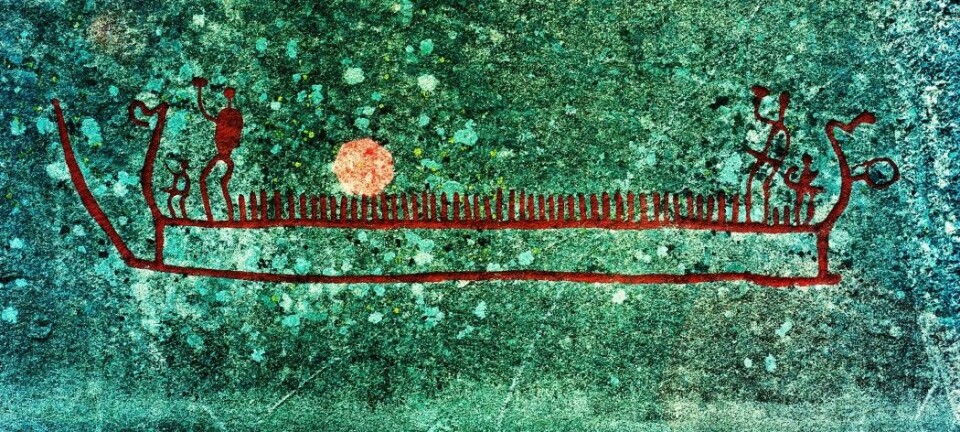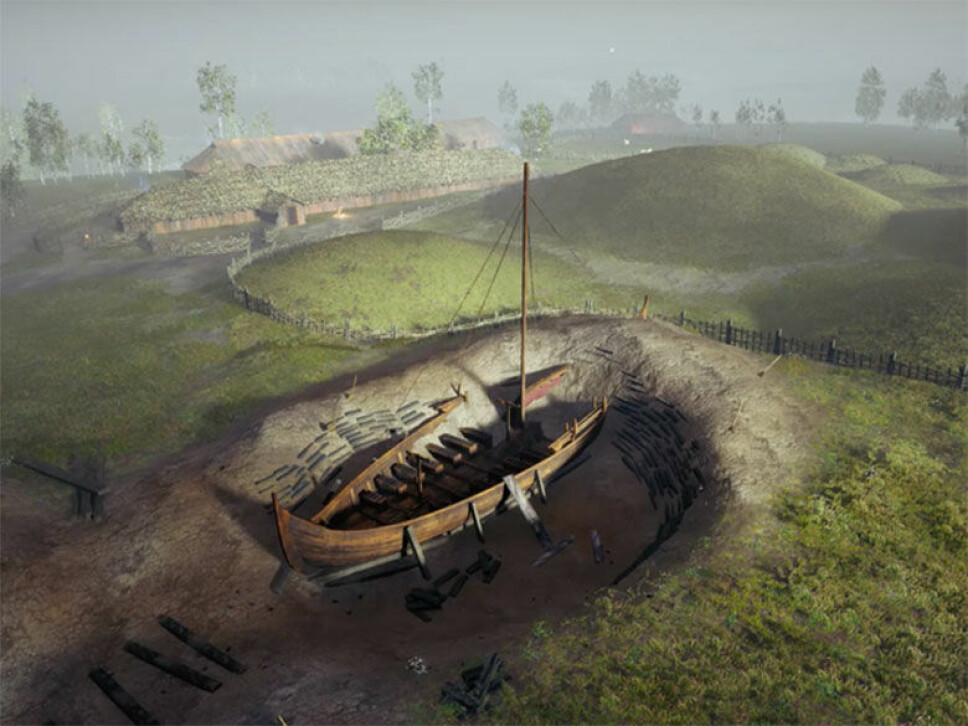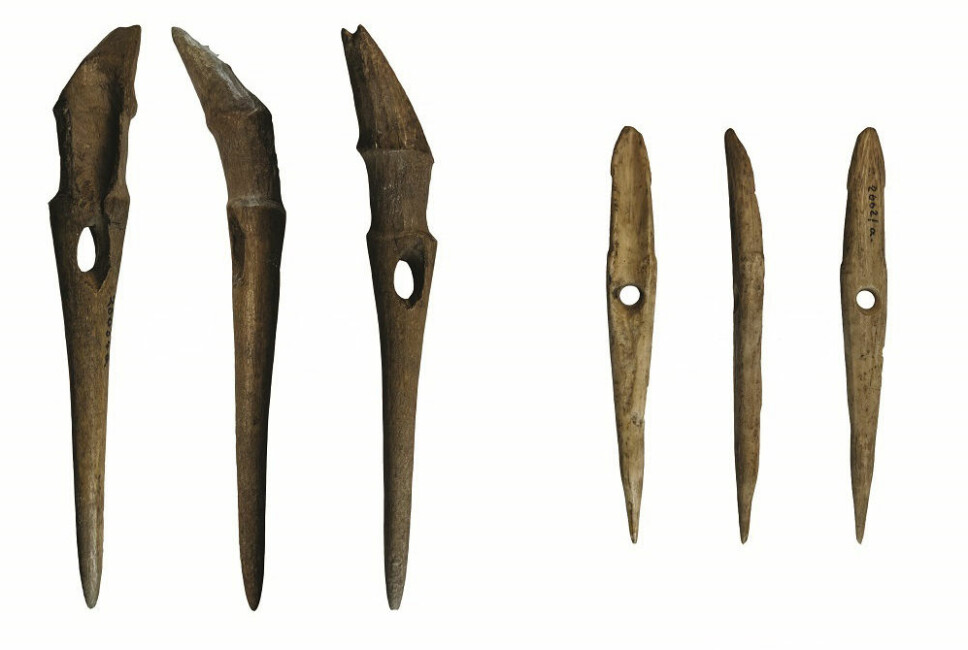
Archaeologists have found astonishingly well-preserved gear from a fisherman who lived 5,000 years ago
Stone Age harpoons found in southern Norway speak of perilous fishing. But now the traces from this time are slowly crumbling away.
The whole story starts with a farmer.
Specifically, the farmer at Jortveit farm in southern Norway. Around the beginning of the 1930s he decided to drain a wetland near the farm so he could cultivate new land.
But while he was working on the deep drainage trenches, strange things started to crop up. Bones from a bluefin tuna and a killer whale. And huge fish hooks and harpoons made of bones. In the middle of the wetland!
The tools eventually ended up in the University Museum of Antiquities in Oslo, where they were studied by archaeologists. The bones, on the other hand, were examined by geologists at the Natural History Museum.
But none of the researchers could make sense of what they had.
Putting the tools and bones in context
The archaeologist at the time thinks the tools must have come from a settlement. They are reminiscent of Stone Age finds from elsewhere. But the site is far too low compared to the sea level at that time.
The geologist, for his part, can’t understand what this killer whale was doing so far up on land. Was it stranded there more than 6,000 years ago, during a period when the sea level was dropping?
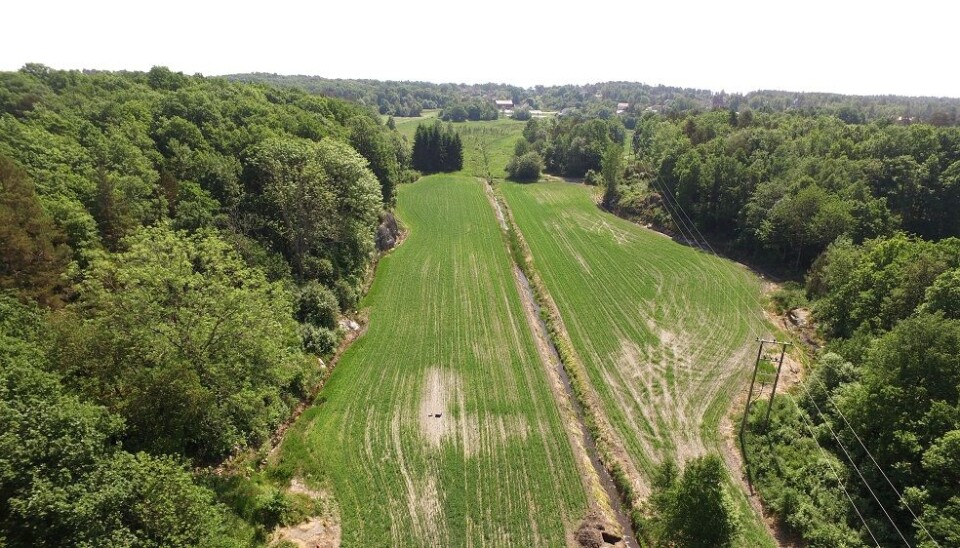
According to the documentation, none of the researchers ask the obvious question:
Why were these bones and tools in the same place? Was there a connection between them?
Now, Svein Vatsvåg Nielsen, a PhD candidate from the University of Oslo’s Museum of Cultural History, has finally put the pieces together - almost 90 years after they were found.

Very rare stone age finds
“In 2017, I wanted to study some artefacts from the storage magazine for my doctoral work,” Nielsen says.
The tools from the Jortveit farm were particularly interesting.
Stone-age objects of bone are very rare because bones easily rot and disappear. Most bone and wood finds date from the Middle Ages and later because of this.
But the fish hooks and harpoons from Jortveit were probably much older. Just extremely well preserved.
Nielsen had read about the old find and knew the gear had originally been discovered along with fish and whale bones. Could the bones and the tools be from the same time? Maybe, combined, they could say something about the find.
But where were the bones?
Bones on the move
Nielsen contacted the University of Oslo’s Natural History Museum — which was immediately open to letting him try to date the old fish bones.
Finding the bones in question, however, was another matter.
The museum had just gone through the process of a big move, and the new location of the bones was somewhat unclear. Eventually the bones were found, and Nielsen was able to date material from both the gear and the whale and fish bones.
That's when things started to make sense.
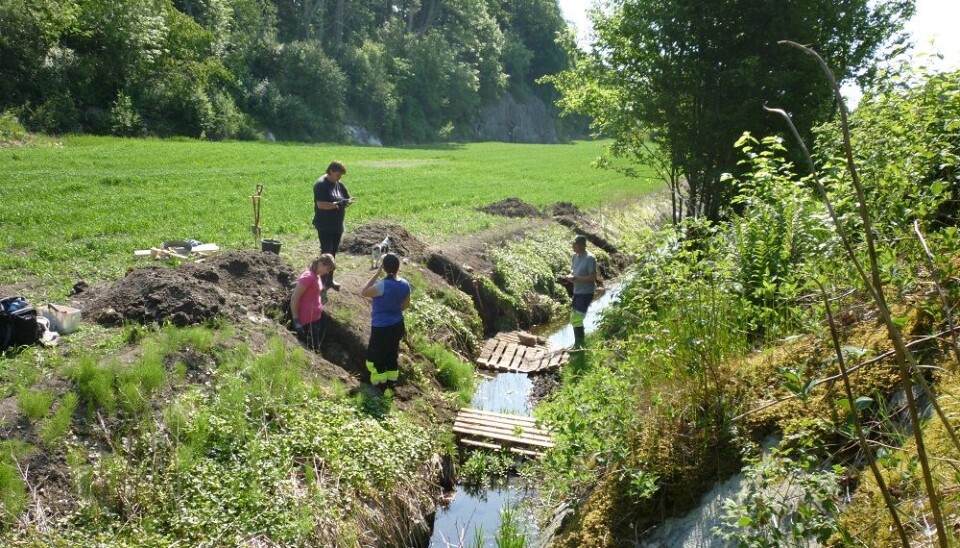
Fishing site from the Stone Age?
The finds were from the same period — somewhere between 3700 and 2500 years BC.
At that time, the sea was higher than today, and the area where the field is located was probably a lagoon. Maybe this was not a settlement at all, but a fishing area!
“It was known that people had come across a number of bones in the wetland in this area, both before and after the 1931 discovery,” Nielsen says.
But no additional archaeological excavations were ever undertaken on the site.
Might there still be more artefacts there that had not been destroyed by the ravages of time?
“I suggested to my colleagues that we could do an excavation, as part of the field work requirements for students at the University of Oslo,” Nielsen says.
Piles of bones
In the summer of 2018, Nielsen finally put a shovel into the ground.
He and the students dug through layers of arable land and hard clay. They found an arrowhead first, but nothing more.
Further down, the clay became moist and sticky. This was definitely old seabed! It was tough to dig in. It didn’t smell very good either. They dug a metre into the ground, but still found nothing.
“We had almost given up,” Nielsen says.
But then something happened. At around 125 centimetres below the surface, bones appeared. Piles of them.
Mostly bluefin tuna
Today, after three seasons of excavations, Nielsen has made a huge number of discoveries from the field. He recently published a scientific article about them, in the Journal of Wetland Archaeology.
The finds include arrowheads, fish hooks and harpoons. But mostly bones. Some of the bones are from cod or small whales, but they are mainly from bluefin tuna — a giant of a fish.
Together, the bones and the implements tell a story, Nielsen says.
People from nearby settlements fished in the lagoon. Occasionally, bluefin tuna followed schools of herring or mackerel into the lagoon. Then people were probably able to hunt them from boats.
All the bones at the bottom may be due to the fact that the fishermen cleaned the fish before they went ashore. Or they may be the remains of fish that escaped but were too injured to survive.

Coincidence unlikely
“It’s unlikely that so many bluefin tuna just ended up there by chance,” says Nielsen.
If some natural phenomenon had killed the fish in the lagoon, there would be bones from many different species there, not just from bluefin tuna.
The harpoons from the wetland are also very similar to harpoons that archaeologists know were used solely to catch big fish or small whales.
“It would be an incredible coincidence if these rare harpoons and fish bones were just randomly collected there, says Nielsen.

A glimpse of life outside the settlement
Interpreting archaeological finds is always associated with a great deal of uncertainty.
“We haven't found a fish with a hook in its mouth,” Nielsen says.
Still, he believes the evidence from the wetland gives us insight into a little of the everyday lives of these people, which we didn’t previously have.
“Usually we only see what people did on land, and just right around where they lived. We typically do excavations of a hundred square metres around homes. But as soon as people leave their residences, we have no idea what they are doing. They disappear into in the fog for us,” he said.
“But this gives us an insight into what they did in their boats,” he said.
We even get a hint as to what happened when things went wrong, when an unlucky hunter lost an arrow over a gunwale, or a harpoon snapped and the fish swam away.

Dangerous fishing
The finds clearly raise an interesting question: What else might lie under the Jortveit farm field? In theory, the extremely good conditions in the wetland may have preserved everything.
“There could have been people out in boats hundreds of times a year. And there are signs that there has been activity on the site over a period of a thousand years,” he says.
What might have been lost during all that time?
Jars, utensils and articles of wood and bones. Yes, even whole boats.
Or in the extreme, dramatic situation, life.
“It’s a risky endeavour to catch a bluefin with harpoon from a boat,” says Nielsen.
The fish are very strong. If the foot of an unlucky fisherman got stuck in the fishing line, it is not unlikely that his story would have ended at a depth of nine metres.
“I've been thinking about it — we might suddenly find a skull! But we haven't found one yet,” he says.
Poorer conditions
Nielsen has stopped feeling frustrated that not everything can be excavated.
“No, we have to take what we get,” he says.
The hope is nevertheless to undertake a slightly more extensive project on the site in the future, with even more analyses of sediments and finds.
However, it might be wise not to wait too long.
“What is a pity is that the drainage in the wetland has resulted in worse conditions for preservation. The finds from 1932 are actually better preserved today than the finds we are making now,” he said.
A picture of two fish hooks clearly shows the difference. The hook found in the 1930s is clearly in better condition than the one recently excavated. Nevertheless, it is not outside of the realm of possibilities that something truly unique still lies under the field.
“It would be fantastic to find a boat,” says Nielsen.
Translated by: Nancy Bazilchuk
Reference:
S. V. Nielsen & P. Persson, The Jortveit farm wetland: A Neolithic fishing site on the Skagerrak coast, Norway, Journal of Wetland Archaeology, June 2020. Abstract.
———








